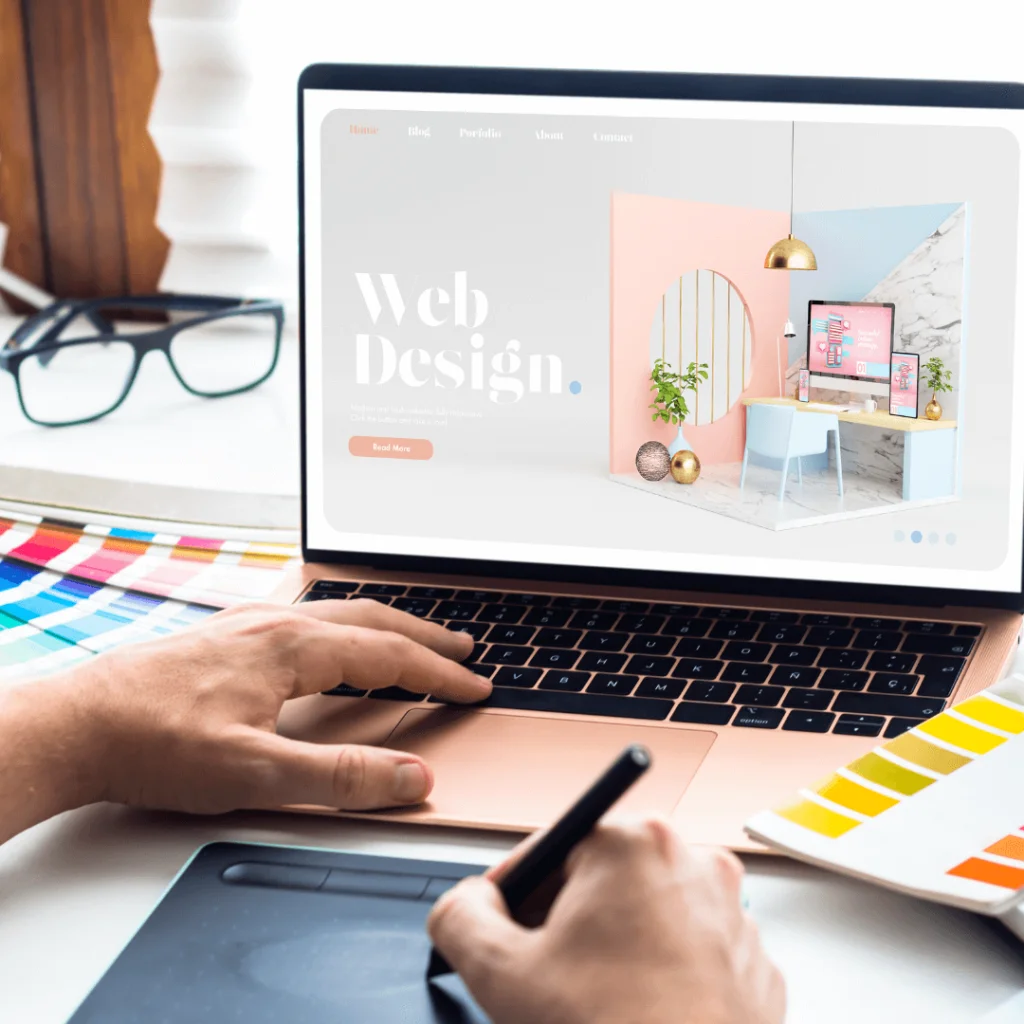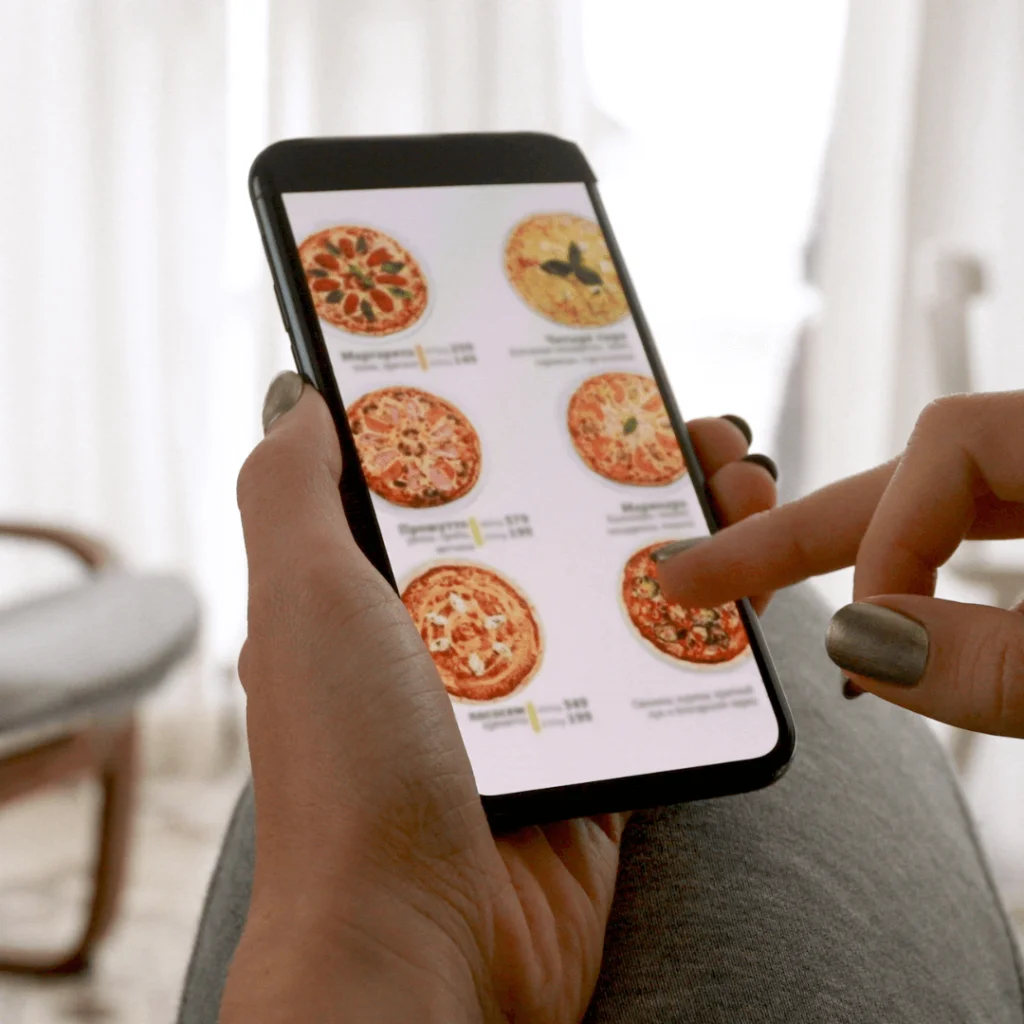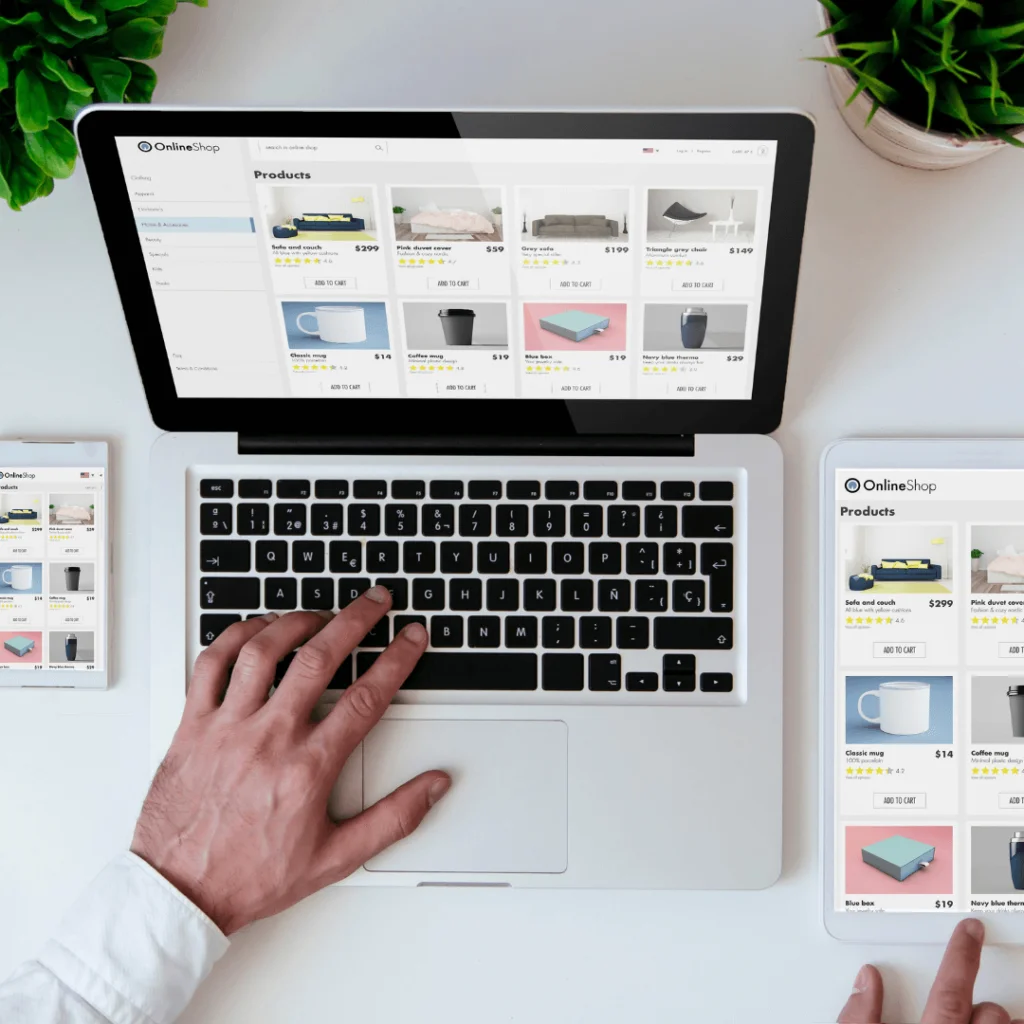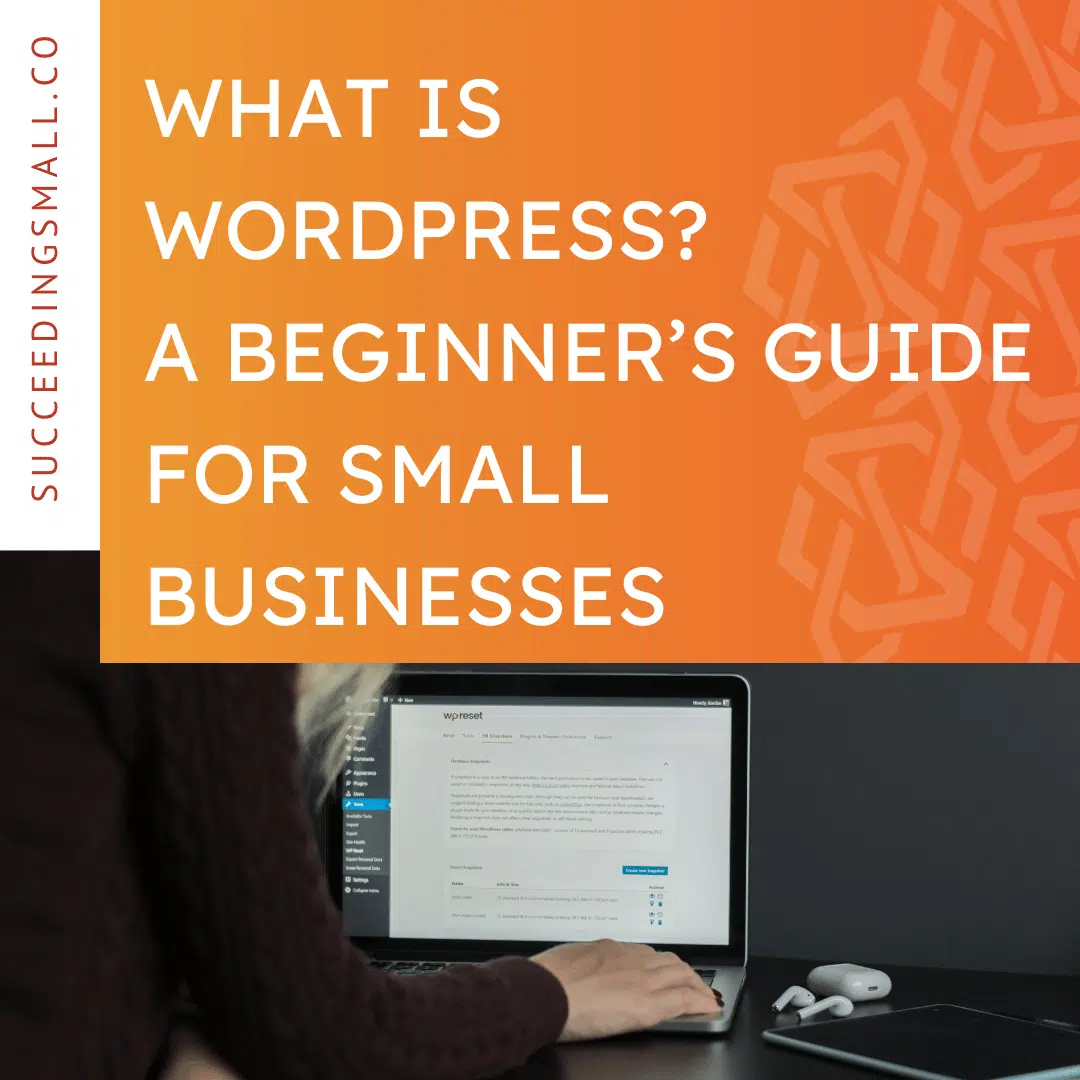If you own or manage a business with a website, its design must be top-tier. Web design refers to the setup of your site and, most importantly, the associated user experience aspects. While software development is also crucial, you want to focus as much on what your visitors will see and interact with as possible. The forward-facing web design elements will leave a lasting impression in their minds.
In this digital era, it’s not just about optimizing your brand’s website for desktop users. More people than ever are accessing the internet through their smartphones and tablets. To stay ahead of your competitors, you must ensure your web design is enticing no matter where users access your site.
At Succeeding Small, we encourage our small business clients to invest in their web design to attract the right clientele. Let’s review what to know about web design and how our team can help take your brand to the next level.

What Does a Web Designer Do?
Hiring a web designer is a vital step for any business. If you aren’t sure whether you need to hire a web designer, here’s a breakdown of what they do:
- Appearance: A web designer ensures your website looks professional and enticing — from its colors and typography to the images used.
- Layout: A crucial aspect of web design is the structure and organization of the information about your products or services. Winning web designs are easy to navigate, appealing to the eye, and suitable for the user group targeted by the brand.
- Communication: A web designer will also ensure your website communicates its message to visitors. You don’t want users to be confused or frustrated by slow load times, blurry photos, or a hard-to-navigate layout.
Nothing is stopping you from doing your best to design a website that checks all the above boxes. However, a professional web designer is trained and experienced in creating unique and beautiful websites that can even exceed your expectations.

Why Responsive Web Design Matters
In 2024 and beyond, you’ll likely hear many brands talk about responsive web designs. These websites are all the rage because they look stunning and are easy to navigate, regardless of the resolution of the device they’re being accessed from. For example, a photo that appears big and sharp on a large desktop computer will look equally as appealing on a small iPhone screen. This consistency is vital in web design since people will access your site from multiple devices.
Responsive Web Design Best Practices
An experienced web designer will know how to ensure your site is easily accessible from all devices. They will:
- Design fluid grids and images that look great at any size or resolution
- Take a mobile-first approach
- Include layouts for at least three devices
- Prioritize specific content to suit what users are looking for, making your site easy to search
- Keep things minimal yet stylish and professional
- Apply design patterns that make navigation a breeze
- Optimize your site for accessibility purposes

Get the Web Design You’re Looking For With Succeeding Small
Web design can be a complicated process. It’s like putting the pieces of a giant puzzle together and then ensuring that it looks great from every angle possible. If you want to draw prospects in and entice them to stick on your web pages for as long as possible, it’s worth it to invest in a web designer qualified to get the job done.
At Succeeding Small, we offer impressive web design services for small businesses like yours. Our expert team will listen to your needs and create a website that’s the perfect reflection of your brand and what it represents. On top of that, it will be easy to navigate and accessible to anyone from anywhere.
Leave your web design needs to the experienced team at Succeeding Small and watch your sales soar. For more information, book a consultation with us today.













